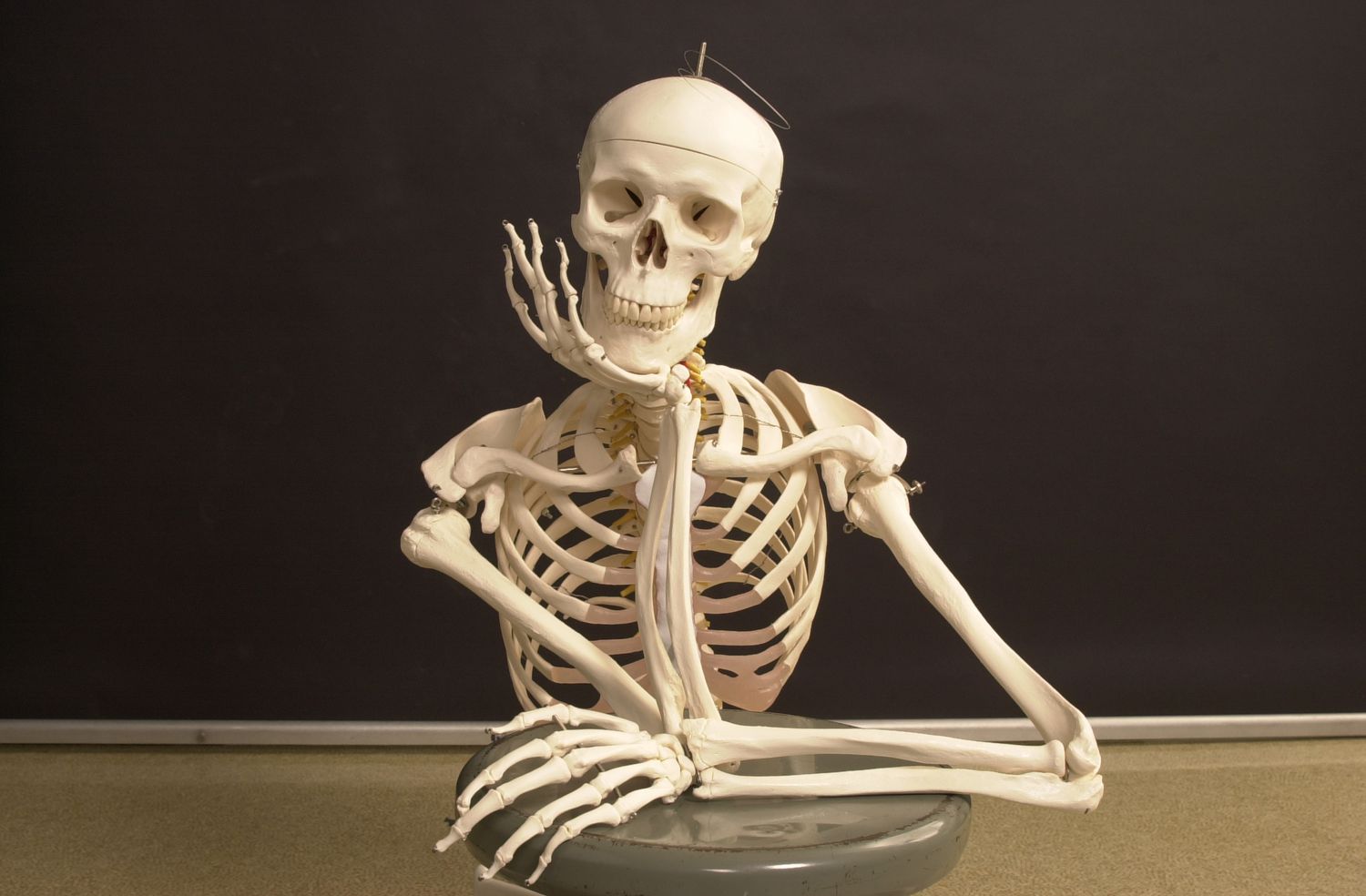How many bones are in the human body?

The human body is composed of a complex skeletal system that provides structure and support, protects vital organs, and facilitates movement. The skeletal system consists of bones, joints, cartilage, and ligaments. The number of bones in the human body varies depending on age, as some bones fuse together over time.
On average, an adult human has 206 bones. These bones can be classified into two categories: axial and appendicular. The axial skeleton includes the bones of the skull, spine, and chest, while the appendicular skeleton includes the bones of the limbs and the pelvic and pectoral girdles.
Infants have more bones than adults, with about 270 bones at birth. As the body grows and develops, some bones fuse together, resulting in a decrease in the total number of bones. For example, the skull is composed of many individual bones that fuse together over time to form a solid structure.
Bones are composed of a dense outer layer of compact bone, which provides strength and protection, and an inner layer of spongy bone, which is lighter and more flexible. The bones are also composed of living tissue, which is constantly undergoing a process of remodeling, where old bone is broken down and replaced with new bone.
In addition to providing structural support and protection, the bones also play a critical role in the production of blood cells and the storage of minerals, such as calcium and phosphorus. They also provide a site for muscle attachment, which allows for movement and mobility.
Overall, the human skeletal system is a complex and remarkable structure that provides the foundation for the human body. While the number of bones in the body may vary, their importance to our health and well-being cannot be overstated.